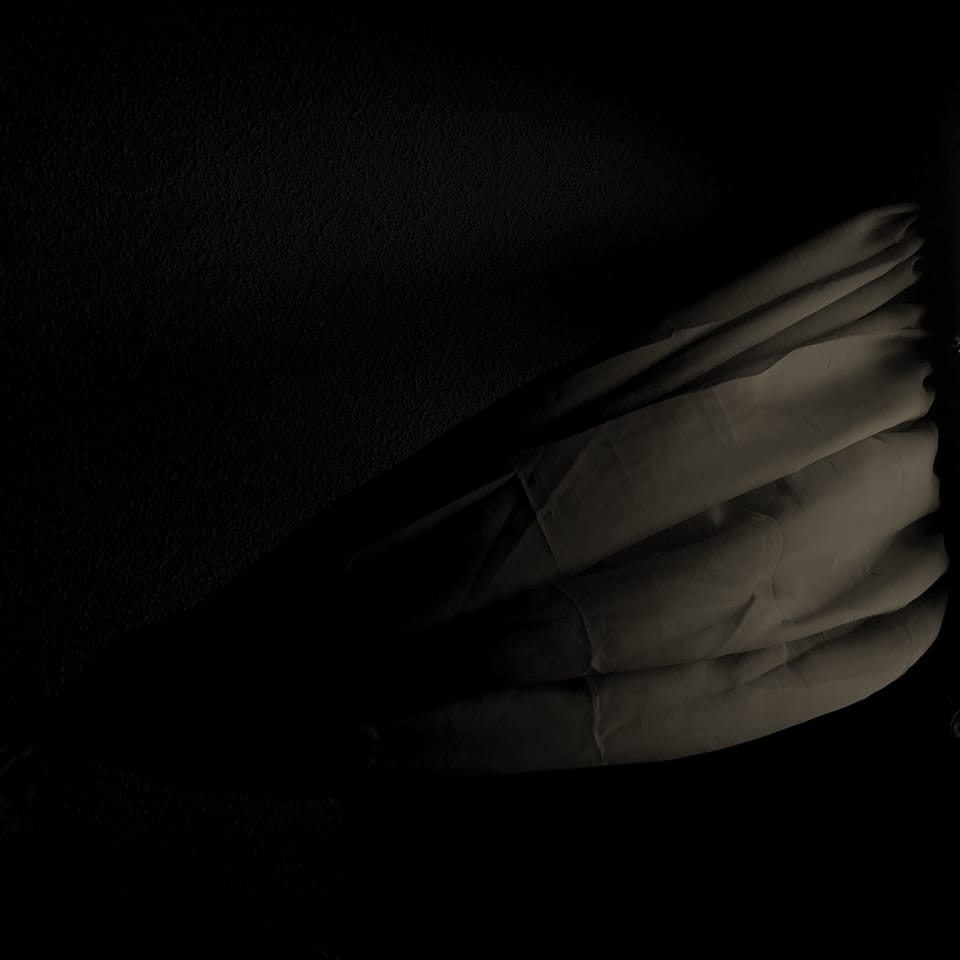Broken Lighthouses

1. Terror
2. Lighthouses
3. Mother Nature
4. Again and again
1. Terror
Light cascades into the open room through the crack in the curtain. The only other light sources are miscellaneous blues, reds, and yellows emitting from various electronics sprinkled throughout the room. Cats, dogs, a rabbit, and birds whirl throughout this two-story house. One nine-year-old child lying on top of a bed, eyes wide open, staring at a shadowy popcorn ceiling fixated on every floorboard creak. That sounded too loud to be a cat or even a dog; what was that?
One cannot know how alive a house truly is until their young, overactive imagination has attempted to rest -alone- inside its walls. Maybe it was the dog... maybe it was the dog... maybe it was the dog. The house continues to rumble even louder than before. That is not the dog... That is not the dog... That is not the dog... I grip my bedside steak knife, it’s all I have.... All the movies and shows I watched way too young, every campfire story I've ever heard, swirl about my imagination. My mind fixates on my childhood friend Gabby who repeatedly exclaimed countless ghosts haunted my house. Locking eyes with a mysterious monster looming above, stealing my sleep, night after night, is my greatest fear.
2. Lighthouses
Growing up, I spent countless nights alone, terrified of ghosts, goblins, and murderers lurking above my basement bedroom. I had highly permissive parents who weren’t always around. There was no one to run to and ask why the house constantly rumbled, sizzled, creaked, and croaked.
A long time ago, I promised myself I would do it better. I would be there for my kids.
I (like many individuals) long to someday give my child the gifts I didn’t get myself. To be the lighthouse at the end of a long journey. To guide a child to safety. To be a beaming, bright light welcoming someone home. The difference between a dark, raspy, treacherous sea and warm, safe, dry land.
3. Mother Nature
We rely on Mother Nature’s ability to provide children with a safe and secure resting place to grow. Yet business CEOs repeatedly choose to harm our environment in numerous ways. For this reason, the fate of our future generationsrests in something beyond a mother comforting her child. Reading a child bedtime stories, letting them cry into your chest, and providing them with food, water, shelter, and love can’t protect them from the climate, biodiversity crises, and their coinciding burdens. The Mother of all mothers is struggling to keep us safe. Wanting to give your child the gifts you didn’t get has become increasingly complicated.
Rachel Carson in Silent Spring, raises the point that biomagnification prevents toxic, chlorinated pesticides from diluting as they enter the environment. Instead, contaminants become magnified as they move up the food chain. Sandra Steingraber in Having Faith proposes that posters in science labs depicting humans at the top of the food chain need to be more accurate. A breast-fed baby rests at the top of the food chain.
“A woman can shift 20 percent of her total body burden of contaminants into her infant in the first six months of breastfeeding, Dr. Steingraber said” (Tarkan, 2001).
4. Again and again
Privileged men in corner offices rely on a population of consumers ignorant to the environmental problems corporations continue creating. Many individuals don’t know that a breastfed baby rests at the top of the food chain and receives the most concentrated amount of environmental chemicals. Women worldwide experience the most intimate relationship known to womankind, feeding their child and providing their baby with a safe breast to lie on, cooing, swaying their newborn into a safe world. Yet the broken lighthouse flickers on and off in the distance, sitting beyond the earth's horizon. Potential cancers and diseases that they’re pre-disposing their child to remain unknown to these women.
Children will face countless treacherous seas, gusty winds, and blanketing waves throughout their upbringing. Kids are at the disposal of their genetics, nurture, and nature within their familiar unit and beyond. All mothers have grappled with treacherous feats to protect their children since the dawn of womankind. Today, this includes countless environmental factors resulting from a post-industrial world riddled with excess contaminants. The best a mother can do is provide as many lighthouses as possible and guide her sweet child to safety again and again.
References
Tarkan, L. (2001, October 16). Research is urged for Healthier Breast Milk. The New York Times. https://www.nytimes.com/2001/10/16/health/research-is-urged-for-healthier-breast-milk.html
Williams, A. (2021, November 20). To breed or not to breed?. The New York Times. https://www.nytimes.com/2021/11/20/style/breed-children-climate-change.html
Steingraber, S. (2012). Having faith: An ecologist’s journey to motherhood. Da Capo Press.
Carson, R. (1962). Silent Spring. Houghton Mifflin.